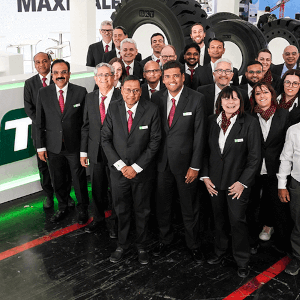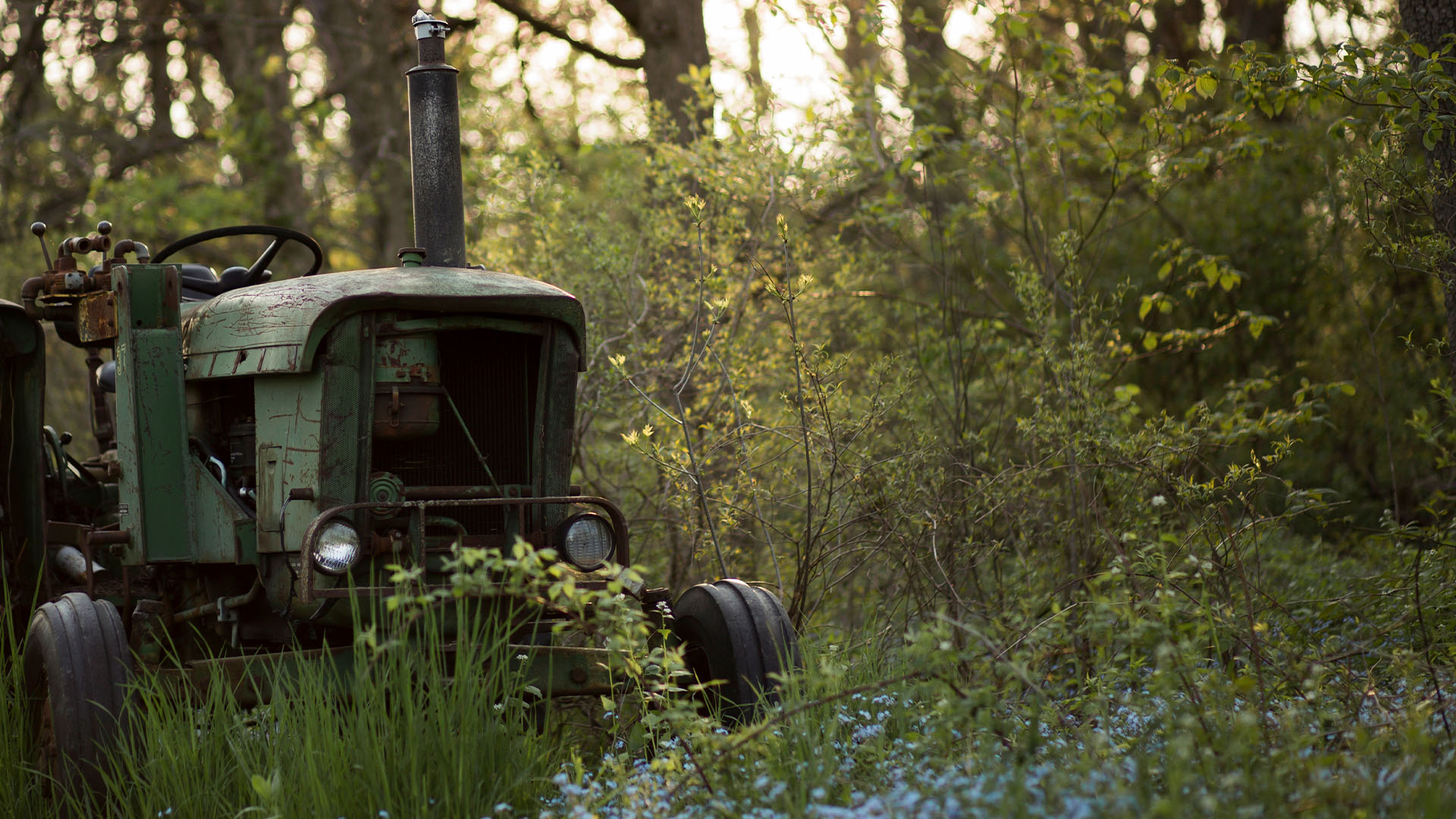In today's article, we give you our lowdown of seven vehicles that changed the world. Some paved the way for further ground-breaking innovation, without which, we simply could not picture life as we know it. Read on to discover more!
We have come a long way from hunter-gatherers. Can you imagine horse carriages still being our primary source of transport? What if we didn't have the inspirational Wright brothers making the world much smaller overnight? In this article, we give you our lowdown of seven vehicles that changed the world. Some paved the way for further ground-breaking innovation, without which, we simply could not picture life as we know it.
The Car
Of course, we cannot rattle through a list of vehicles and not include the first ever automobile. First considered a luxury item, only a very exclusive demographic could afford one. Now, it is expected that almost everyone owns a car, and many have more than one.
In 1886, Karl Benz made the first automobile: the imperative link between horses and the cars we know today. It was powered by an internal combustion engine and had three wheels. This was particularly prominent, as it acted as a pioneer for the first vehicle to be mass-produced. Henry Ford’s mass-produced Model T car brought affordable automobiles to the masses in 1908.
Henry Ford's Model T
Speaking of Henry Ford… Ford Motor Company, indeed, released its first mass-produced vehicle in the early 20th century. It was marketed at $850 (about $2100 today) and could reach speeds of up to 30 mph (48 km/h). It had three forward gears and one reverse gear with a clutch pedal on the floor instead of on the steering column. It also had no roof, windshield wipers, heater, or seat belts - but it did come with an ignition key!
Henry Ford produced over 15 million cars between 1908 and 1927. He was so successful that he became one of America's wealthiest people at the time.
The Tractor
The agricultural revolution is one of the pinnacle moments which allowed us to evolve into the species and society we are today. It brought an end to hunter-gathering and made room for settlements roughly 12,000 years ago.
The tractor is one of the most critical inventions in agriculture. It made it possible for farmers to cultivate large tracts of land quickly and easily by pulling plows and other implements behind them. They also helped farmers deal with soil damaged by erosion or overgrazing and feed the masses.
In the early 19th century, tractors were steam-powered portable engines on wheels. Richard Trevithick invented the first semi-portable one, which ‘tracked’ the way for brilliant minds to adapt and improve, leading to that iconic design we all know today. Dan Albone invented the first successful commercial tractor, which most resembles the modern-day tractor in 1901. The machine was called Ivel Agricultural Motor; the word ‘tractor’ would come later. It had one solid wheel at the front and two larger wheels at the back: arguably the tractor version of the Robin Reliant. It wasn't until 1908, when Saunderson Tractor and Implement Co. came up with the four-wheel design, which launched them to be the largest tractor manufacturer of their time.
As you can see, it is hard to pinpoint the exact first tractor. Many brilliant names spanning decades led the way to what we know as the commercial tractor today. Recently, we wrote an article about tractors in modern agriculture and construction which you can read here.
The First Off-Road Vehicle
Adolphe Kégresse developed what is often regarded as the first off-road vehicle, during his time working for Czar Nicholas II of Russia in the early 1900s, who needed a custom job for his car. The roads were hardly ideally constructed back then, and Russia was also very snowy and icy. The Kégresse track uses a flexible non-metal caterpillar track that can be fitted to vehicles, with large skis attached to the front, enabling the vehicle to drive over soft, difficult terrains.
British Mark I Tank
Development of the British Mark I tank was designed in response to Little Willie, the first tank, designed by Sir William Tritton (1875-1946) and Lieutenant Walter Gordon Wilson in 1915, as a prototype weapon to break through enemy lines during World War I. It was pretty useless, slow, and couldn't maneuver the trenches. They began to iron out the kinks, ready for the deployment of The Mark I Tank.
Mark I was used at the first Battle of the Somme in 1916, when they successfully crossed no man's land between opposing trenches, but it was far from perfect and had a lot of kinks to sort out. The potential was seen, leading to Mark IV's development, and was used in the 1917 Battle of Cambrai.
By World War II, the tank became a staple weapon of war and the iconic tank we know today, transforming the battlefield's landscape.
The Jeep
Developed for World War II, Willy’s Jeep 4x4 helped America and its allies defeat the Axis power. It was fast, agile and strong, and helped soldiers through sticky situations. It also directly influenced the famous Land Rover and all off-roaders that followed. After the war, the Jeep became very popular and largely imitated worldwide, and arguably kicked off the off-roading phenomenon.
The Wright Brothers - First Flight
On 17 December 1903, the first ever airplane took flight. The Wright brothers were two American brothers, neither of whom went to college, but had a knack for mechanical design. They built printing presses, owned a bicycle shop, and dreamed of making the first flight. On 17 December 1903, it flew for 12 seconds and over 120 feet. Through consistent effort, they started having multiple successful flights lasting longer and longer and kickstarted the aviation age. There is no doubt that the arrival of these vehicles have changed the way human beings live forever. How we have progressed from horse carriages to first cars, and magnificent aircraft is no understatement. With time and innovation, these vehicles have developed into something bigger than anyone could have dared dream in the past.
Imagine what future innovations could come our way that we cannot even perceive yet. Will the future be 100% electric? There is no doubt that electric vehicles are growing more prevalent, but will they become the absolute mainstream and change transportation and construction as we know it today? Our ‘Top Seven’ list is solid, but it is by no means conclusive - is there something missing from that list which is more worthy, in your opinion? What's your favorite innovation in the automotive industry?
To keep up with all the innovations in agriculture, construction, and industrial sectors, visit our Facebook page - and stay tuned for more blogs!






